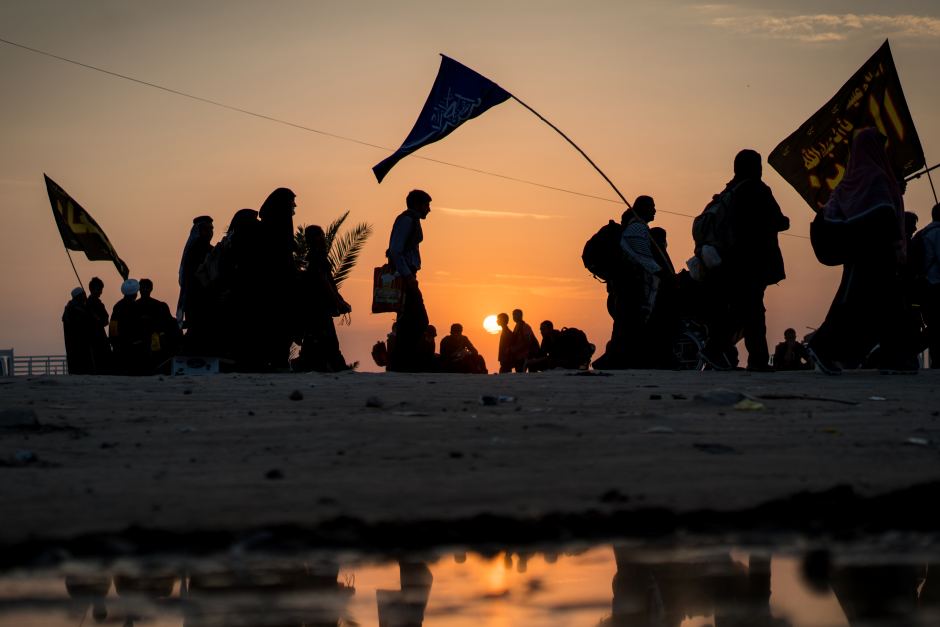No definite indication of either permitting or prohibiting the ziyāra of the deceased exists in Qur’anic Verses. Certain Interpreters from the content of the Verse 21 of Surah Kahf have understood that going to ziyāra and building masjids around graves of believers and monotheists are allowed.
Also in interpretation of the Verse 84 of Surah Tawbah- in which the Holy Prophet (PBUH&HP) is prohibited from reciting salah and praying at the corpses of hypocrites (al munafiqun) and also from standing next to their graves- it has been said that this prohibition is not merely related to the burial ceremony and the recitation of the prescribed “deceased prayer”, rather the intention is to forbid praying and standing next to the graves of hypocrites namely the ziyāra of the graves of hypocrites. Thus it can be concluded that ziyāra of the graves of nonhypocrites i.e. the believers is allowed.
According to the Verse 64 of Surah Nisa’ ,if people come to the Prophet (PBUH&HP) in order to seek forgiveness and the Prophet (PBUH&HP) seeks forgiveness for them from Allah, indeed they shall benefit from Divine forgiveness. Some have considered this Verse as a proof for permissibility of ziyāra of the grave of the Prophet (PBUH&HP). For, the Prophet (PBUH&HP) is alive in the presence of God, sees his pilgrims, and responds to their salutation and thus there is no difference whether forgiveness is sought from him during his life or after his death. Therefore, the verb “come to you” is related to both his lifetime and after it. The general belief among Muslims has also been such and Muslims have not understood from this Verse that there is a difference between the Prophet’s life and death in this regard. To support the application of the Verse to the period after the Prophet’s death, the story of a Bedouin has been cited. He went to the grave of the Prophet (PBUH&HP) and recited this Verse and sought forgiveness, then he received the glad tidings of the intercession of the Prophet (PBUH&HP).
The Verse 32 of Surah Hajj_ which recommends veneration and honoring of the Divine rituals, “al_Sha’aa’ir al_ilahiya”_ has also been regarded as another evidence for the permissibility of ziyāra of great religious figures. Sha’aa’ir literally means signs and symbols. According to exegeses, the intended meaning of Sha’aa’ir in the Qur’an is the symbols and signs of the religion of Allah. It has been said that ziyāra of the graves of religious dignitaries is in the same category as venerating Divine rituals and, with due attention to the content of the Verse, is the sign of piety.
Source:
Pilgrimage “Ziyāra” from the Viewpoint of the Holy Quran, Hadiths and Theological Discourses-An Entry from Encyclopaedia of the World Islam [p 8-10].
Author: Maryam Kiani Farid
Translated by Mojganeh Saffarnia.

